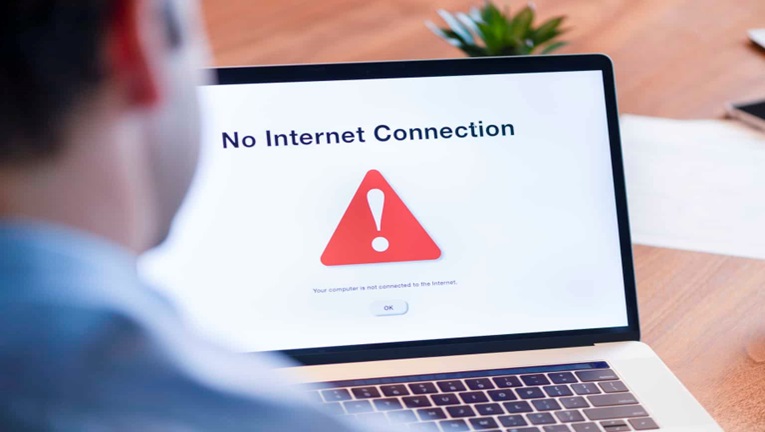Why Do Networks Crash and What to Do: A Comprehensive Guide

Today, in the digital age, networks are the foundation of the interconnected world. They allow the transfer of data, communication as well as access to the internet’s sources. But there are instances where networks suffer from disruptions that can result in frustrating downtime, as well as affecting productivity. In this post we’ll examine the root causes for network failures and offer ways to reduce their effects.
The world we live in is highly connected. computer crashes could cause major disruptions that affect both professional and personal aspects of our life. Recognizing the root of these incidents and figuring out the best way to deal with the root causes is essential to ensure uninterrupted connection. Day by Day networking making strong, Xfinity is one of popular network on the internet, Recently one problem people are facing XfinityMobile.com Activate Here is the proper solution
Common Causes of Network Crashes
Hardware Failures
Hardware components, like routers, switches and cables are prone to wear and wear and. Hardware components that are defective can cause network instability as well as the possibility of crashes. Power surges, overheating as well as physical damages are frequent causes for malfunctioning hardware.
Software Glitches
Software is also crucial to the network’s performance. Problems with compatibility or bugs or improper configurations of the network software could cause malfunctions. This can lead to communication issues and data transfers that fail.
Network Overloads
If a network becomes overloaded with data than it is able to cope with, it can become overwhelmed. This causes the possibility of congestion, slow transfer of data which can lead to the possibility of crashing. The overloading of networks may occur in peak times or because of sudden spikes in data traffic.
Signs of an Impending Network Crash
Certain signs of warning can signify the possibility of a network failure. The slow speed of data transfer, the frequent disconnects, or devices that are not responding are all red warning signs. Knowing these indicators can assist you in taking preventive measures.
What to Do When a Network Crash Occurs
Stay Calm and Assess
In the event of a network failure is a time to remain in a calm state. Determine if the problem is limited to your particular device, or affects multiple users. This can help you identify the extent of the issue.
Check Hardware Connections
Check the hardware connections to make sure all connections are securely connected. Unsecured cables and connectors could result in disturbances. Connect or repair any defective component.
Restart Devices
Restarting your computer can usually fix network issues. Unplug and turn off your modem, router, as well as other devices. Give them a moment before reconnecting them and switching them back on.
Monitor Network Traffic
Make use of network monitoring tools to study the patterns of traffic. Finding any odd patterns or fluctuations can offer insight into the reason for the crash.
Update Software and Firmware
Software and firmware that is out of date could cause crash. Make sure to regularly update the firmware of your router and device’s software for optimal performance and safety.
Implement Load Balancing
Load balancing spreads network traffic across a variety of servers. It prevents overloaded on one server in addition to improving stability on the network.
Preventive Measures to Avoid Network Crashes
Regular Maintenance
Conduct regular maintenance of the network infrastructure. Clean up your network, replace worn-out components, and deal with any issues that could arise before they become serious.
Redundancy Planning
Provide redundancy to the most essential network components. Backup systems and failover systems can reduce downtime when hardware fails.
Network Security Measures
Take proactive security measures to protect your network from the possibility of malicious attacks. Security systems, firewalls and periodic security audits are a good way to protect your network.
The Role of Burstiness in Network Crashes
“Burstiness” is the term used to describe sudden increases in the amount of data being transmitted. The sudden surges of data can strain networks resources and result in crash. The ability to manage bursts through efficient traffic shaping is essential for the stability of networks.
Understanding Network Perplexity
The perplexity of networks is due to the difficulty of data routes within the network. Networks that are highly perplexed can be difficult to diagnose. Simpler network design and documentation could reduce confusion.
How Network Monitoring Enhances Stability
Monitoring your network continuously helps you identify problems and fix them before they can cause crashes. Monitoring tools give you real-time insight into the network’s performance and help you take informed decision-making.
Conclusion
The effects of network failures are not pleasant and which can affect our private as well as professional lives. Through understanding the factors that cause crashes, and then implementing prevention measures, we are able to make sure that our connectivity is reliable. Keep an eye on your network, regular maintenance of your network and investing in security features can help keep your network safe from crashes.